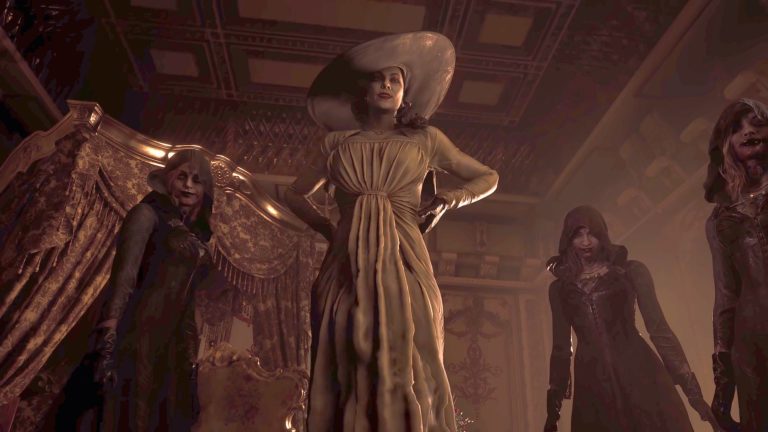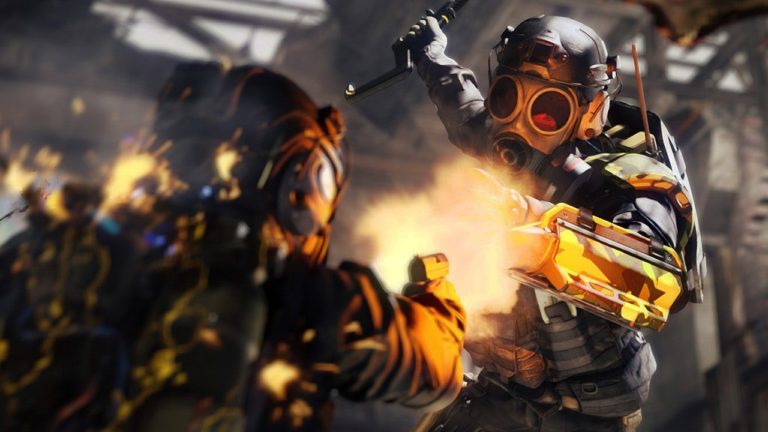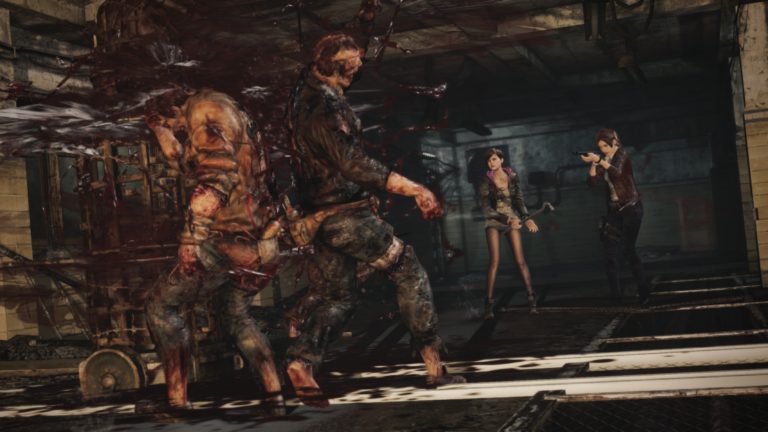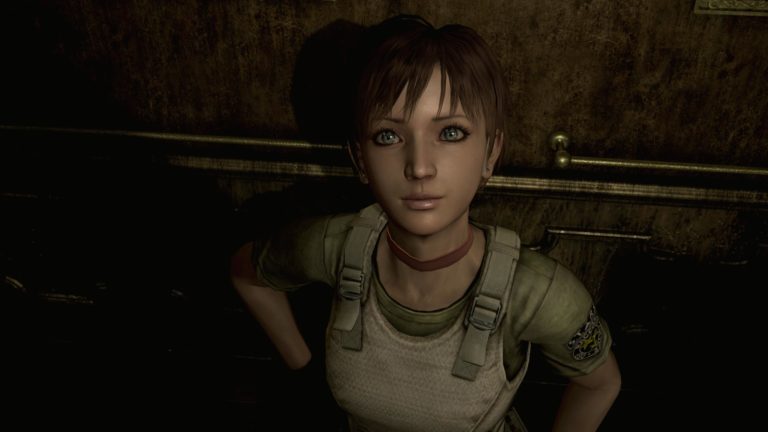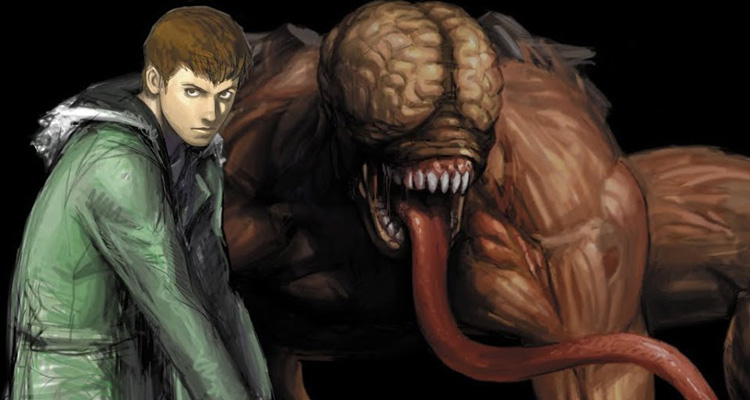Welcome back to the Resident Evil love/hate series! In this entry we’re looking at Resident Evil Village,...
Month: June 2022
Yeah that’s right, this one doesn’t even have the Resident Evil moniker, Capcom literally just called it...
Welcome back to the Resident Evil love/hate series! In this entry we’re looking at Resident Evil: Revelations...
Welcome back to the Resident Evil love/hate series! In this entry we’re going to start arguably the...
Welcome back to the Resident Evil love/hate series! In this entry we’re going to be looking at...
Welcome back to the Resident Evil love/hate series! Previously we went through the series from the remake...
